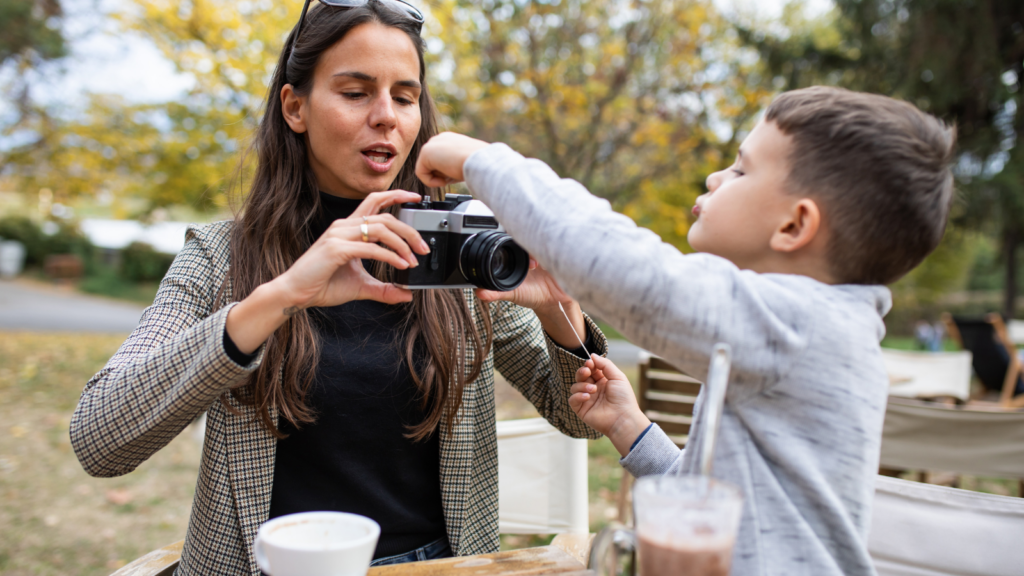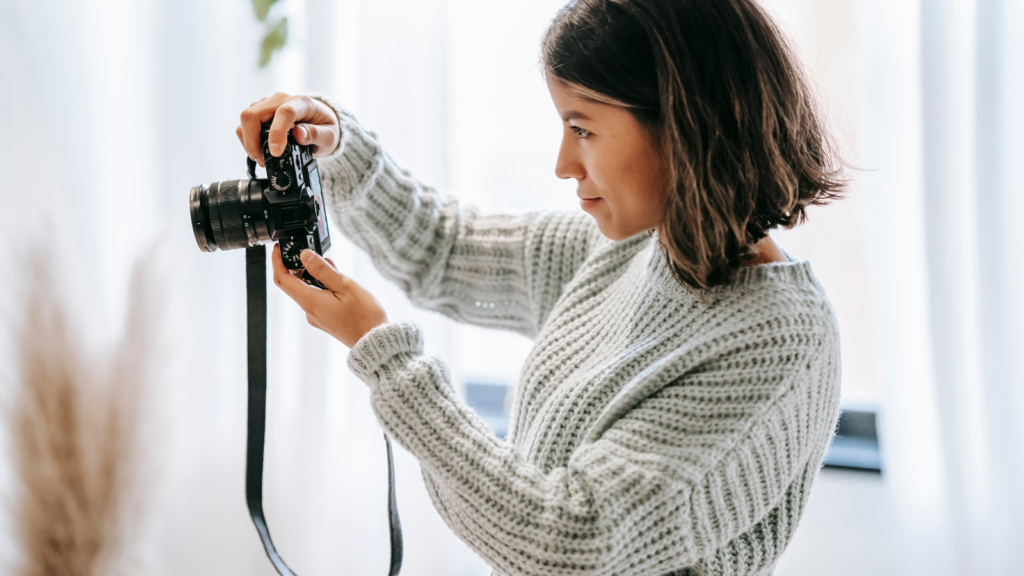Capturing the perfect moment isn’t just about pointing and shooting. It’s an art, a blend of technical skills, creativity, and an eye for beauty. This article will guide you through the basics of photography, transforming you from a snapshot hobbyist into a picture-taking maestro.
How to Take a Photo

Fueling the journey from a casual snapshot taker to a skilled photographer, it’s essential to master the backbone elements of photography. One of these elements is composition perfecting—a potent must-have skill in photography.
In photography, the art of Composition refers to the way visual elements are arranged in a photo. Following guidelines can drastically enhance the impact of an image. Leads like the Rule of Thirds—dividing a shot into thirds, both horizontally and vertically—bring balance. But it’s not etched in stone; creativity often gets the upper hand. Therefore, composition mastery isn’t just about placing components neatly—it’s a dynamic blend of guidelines and distinctive creativity.
How to Take a Photo: A Step-by-Step Guide
This section elaborates on the various steps involved in capturing a photograph, focusing on critical aspects like lighting, framing, focusing, and the actual capture.
Finding the Right Lighting

Lighting plays an integral role in photography. It is crucial to understand its impact on an image’s tone and atmosphere. For conditions with natural light, such as outdoor settings, the Golden Hour (a time shortly after sunrise or before sunset) provides a softer, diffused light, enhancing the photograph’s aesthetic value. In artificial lighting, one must adjust camera settings to maintain authenticity and avoid overexposure.
Framing Your Shot
The frame of a photograph refers to the visual elements that surround the main subject. Framing directs viewers’ attention towards the subject and can enhance the picture’s depth. Use established photography principles such as the Rule of Thirds. Break the scene into a 3×3 grid, placing the critical parts of your image at the intersections to create balance.
Focusing on the Subject
Proper focusing is pivotal in emphasizing the subject of the photo. The process depends on your camera’s autofocus or manual-focus feature. Autofocus systems usually lock onto the nearest object, but it’s the photographer’s responsibility to ensure the subject is the sharpest part of the photograph. Accurate focusing means using faster shutter speeds or a tripod to prevent blurry images.
Capturing the Picture
The moment of capturing the shot is a culmination of previous steps. Ensure the correct exposure by balancing aperture, shutter speed, and ISO. Remember to check the settings when shifting from different light conditions to avoid dark or overexposed images. Use a steady hand or tripod to prevent camera shake. Lastly, don’t rush the process; patience and practice make for perfect shots. Take multiple photos if necessary, varying angles and perspectives to increase the chances of an ideal capture.
Advanced Photography Techniques
Playing with Depth of Field
Depth of field manipulation serves as a powerful modern photography technique. By adjusting the aperture size, photographers regulate the Sharpness or blurriness of both the background and foreground. For instance, a small depth of field (a large aperture) brings the subject into sharp focus while blurring the rest, encouraging viewer focus on the subject. On the other hand, a large depth of field (a small aperture) enables a sharper shot of the entire scene, perfect for landscape photography.
Experimenting with Shutter Speed

Next, shutter speed experimentation offers extensive creative control over images. A fast shutter speed snaps the scene in a fraction of a second, freezing motion and capturing razor-sharp images of fast-moving subjects, like birds in flight. Conversely, a slow shutter speed opens the possibility of light painting or capturing motion blur of moving objects, ideal for nighttime cityscapes or waterfalls, where the trailing lights or water’s blur invoke a sense of fluidity.
From Snapshot to Masterpiece
Mastering how to take a photo isn’t about a quick click of a button. It’s a journey of understanding and creativity, where technical skills meet artistic vision. It’s about knowing your camera, utilizing exposure, focus, and aperture to capture precise, clear images. Remember, every great photo tells a story. With practice, patience, and the tips provided in this article, you’ll be well on your way to capturing and sharing your own compelling stories through photography.



